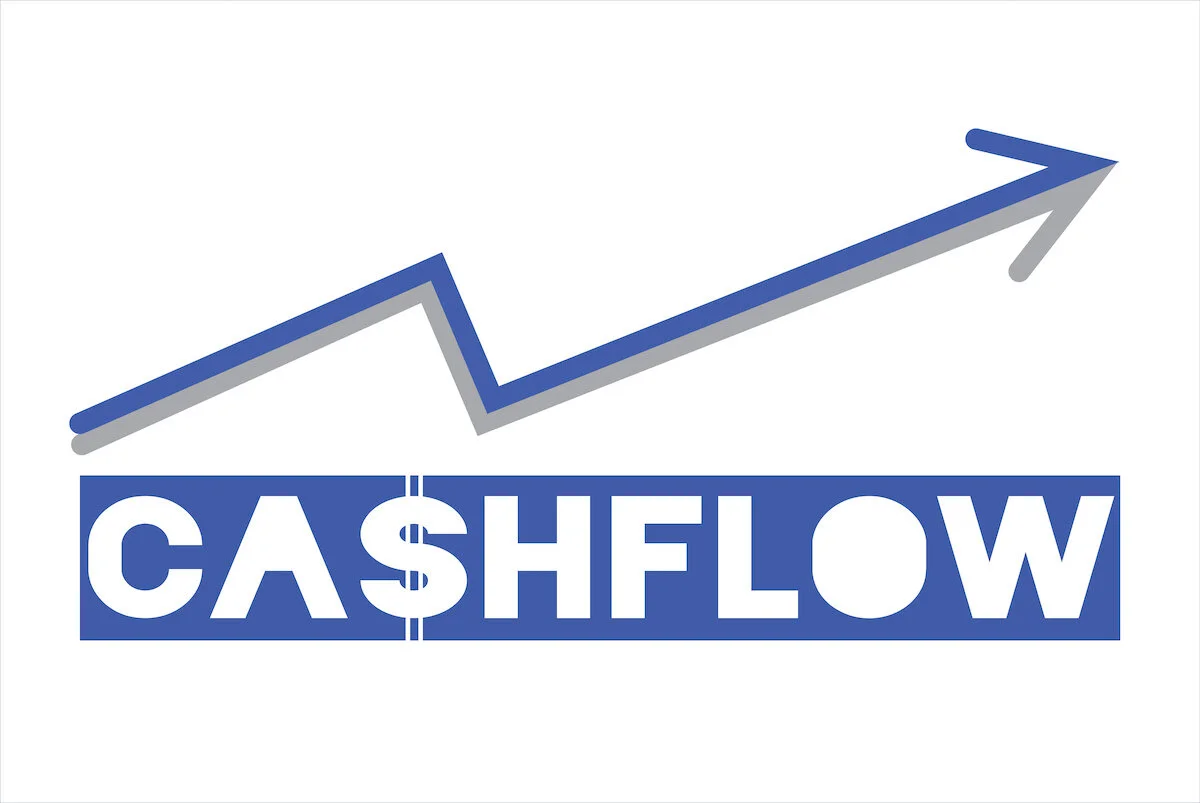3 Reasons to Concentrate on Effective Cash Flow Management
If you run out of cash, you are out of business.
It’s possible to run out of cash even if you are making a profit
You must prepare for down cycles and possible unexpected expenses
You’ve heard that cash is king--or queen. No matter how well established your business is, you must meet your continuing obligations. In order to do so, you need to implement financial management practices to actively manage cash within your business.
That includes:
● Expenses
● Revenues
● Inventory
● Investments
● Financing
● Accounts receivable
● Accounts payable
● Credit terms with suppliers
The best small business cash flow management practice is to develop a cash flow projection for the next 12 months. This helps you to plan for positive cash flow and avoid cash flow problems. You can start with where you are. Then you can estimate the sales (cash and invoiced sales), estimate the cost of goods sold (COGS), additional inventory investment, overhead, equipment investment, financing, distributions, and taxes.
You can express the cash flow statement as a formula, as follows:
REVENUE
+TOTAL SALES
- INVOICED SALES
+ INVOICE PAYMENTS
ASSETS
-INVENTORY PURCHASES
- EQUIPMENT INVESTMENTS
- PREPAID EXPENSES
- PROPERTY, PLANT, and EQUIPMENT
OPERATING EXPENSES
-OVERHEAD EXPENSES (payroll, insurance, rent, marketing, communications, etc)
- COGS (Cost of Goods Sold) LESS INVENTORY COST
OTHER EXPENSES
- INTEREST PAID
- TAXES
FINANCING (changes in balances)
+ LOANS
+ EQUITY EXPENSES
+ ACCOUNTS PAYABLE
+ OTHER PAYABLES
= CASH FLOW
It’s important to have goals for each of the above items. There should be a cash balance target. Total sales should be based on your sales projections.
Non-cash sales can be determined based on the historical proportions between cash and non-cash sales. Accounts receivable payments would be based on your payment terms and A/R balance. Inventory purchases are based on maintaining appropriate inventory levels. Overhead expenses such as rent, utilities, payroll and marketing should be taken from your budget.
Your capital plan should outline the types and timing of investing activities in property, plant and equipment. Your external financing should be used to ensure you can maintain the right amount of cash on hand. You can balance cash inflows and outflows using equity and debt to fill the gaps.
The cash flow projection allows you to predict when and how much financing you will need and helps you to identify issues in advance, before they create an emergency. Here are some examples of situations where better cash flow projections would have helped business owners avoid cash flow emergencies.
Inventory Perils
For example, one of my clients that was profitable ended up short on cash as a result of his inventory balance increasing more than his profits. This tied up valuable cash resources. At the end of the year, he still had to pay taxes, even though the money he made was all tied up in inventory. Proper cash flow planning by having an inventory goal would have identified and allowed him to address the problem before it became a crisis.
Growing Pains
Another client had a growing business but wasn’t prepared for needing to have cash outflows, even though they were becoming more profitable. Cash flow planning and management would have identified that increases in accounts receivable, inventory purchases and overhead expenses were outpacing revenue. This would cause a drag on cash balances, which could only be offset with additional financing until growth levels out. Understanding this would have helped avoid an urgent need for financing, which was obtained with much less than favorable terms.
Crushing Overhead
A third example involved a client having cash flow issues but not sure why. Analyzing the financials uncovered the fact that overhead expenses were too high relative to revenues. They needed to cut overhead expenses quickly and significantly. They also needed to focus on growing revenues to achieve greater scale.
Additional financing was required to keep from going out of business. With more effective cash flow management, the problem could have been identified and addressed sooner without them needing to obtain financing.
What Should You Do?
Start with your numbers. Make sure you have access to accurate and timely financial information about your company’s performance. At least monthly, weekly if more than 5 sales transactions per week, or daily for businesses that make multiple sales transactions per day. It is impossible to improve upon something that you do not measure.
Utilize Key Performance Indicators (KPI). Generally, there are a few key metrics that drive business and cash flow performance. By monitoring them carefully you can identify potential challenges in advance allowing you to make adjustments to avoid crises.
KPIs should be specific to your business, but most businesses should include cash in bank, sales, accounts receivable/payable, and major purchases. Other measures for certain businesses may include inventory balance, returns, cash flow cycle, deferred revenue, and overtime.
Make It A Team Effort. Everyone in your business can play a role in managing cash flow. Although you are accountable as the business owner, cash consciousness should be a component of your company’s culture. Employees need to understand how decisions they make can impact cash flow and be empowered to make decisions or at least easily communicate ideas for improvements to management.
How should You Do It?
Grow! The best thing you can do is increase your ability to generate additional revenue and profits. New product offerings, charging higher prices, and marketing more effectively.
Ensure there is appropriate working capital (extra cash) in the business to cover shortfalls due to timing of payments, fluctuations in revenue, and unexpected expenses. A business line of credit and credit cards can be a temporary solution for small business owners. However, it is better to have the right amount of cash within the business.
Improve the cash flow cycle. There are several ways you can reduce the time between paying expenses and receiving payment for services. Look at ways to reduce the accounts receivable balance by invoicing quickly, offering early payment incentives, and employing active collection efforts.
Even better you can potentially eliminate accounts receivable by requiring payment in full at time of purchase or possibly getting customers to pay in advance. Another lever to improve cash flow is extending payment terms with suppliers and reducing lead times on delivery.
Reducing Expenses. You should always look to minimize fixed expenses by avoiding unnecessary purchases, negotiating better terms, and increasing efficiency. Most companies spend money on unproductive marketing efforts, and other frivolous items.
There may also be opportunities to renegotiate lease agreements, refinance loans, reduce COGS (buying clubs or larger quantities) or sublet unused space. In addition, expenses can be reduced by redesigning your products or services.
No matter how well your company is doing there is always room to improve efficiency and increase output which will increase profits and result in more free cash flow.
At the End of the Day...
Most small businesses do not have a cash flow projection or any type of proactive cash flow management processes. Too often, small business management decisions are based on their owner’s gut instincts and without accurate quantitative information. As a result, they often get bllind-sided by negative cash flow and are being run by their business, rather than being in control and proactively running their business.


